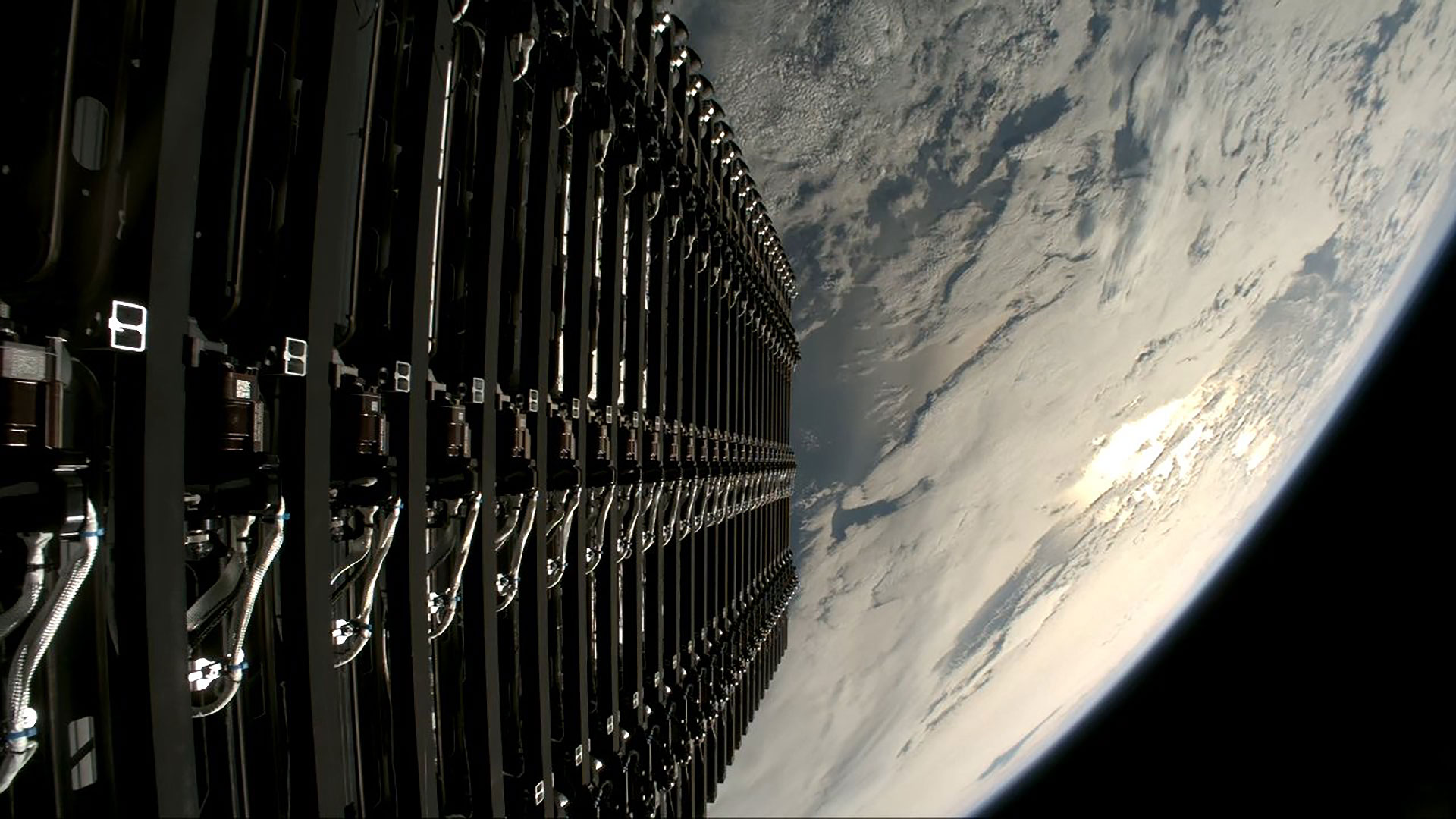Shuttle Endeavour Moves to Launch Pad as Rescue Ship

The spaceshuttle Endeavour rolled out to a Florida launching pad early Friday to serveas a rescue craft for its sister ship Atlantis in what is expected to be thelast time in history that NASA has two orbiters in launch position at the sametime.
Riding atopNASA?s Apollo-era crawler carrier vehicle, Endeavour completed the slow4.2-mile (5.6-km) trek to the seaside Launch Pad 39B at the Kennedy Space Centerin Cape Canaveral, Fla., at about 7:00 a.m. EDT (1100 GMT) after a nearlyeight-hour journey from the massive Vehicle Assembly Building. The shuttleAtlantis, meanwhile, stood perched atop the nearby Pad 39A for its planned Oct. 10 launchtoward the Hubble Space Telescope.
?This isthe last time that this is ever going to happen,? NASA spokesperson Allard Beuteltold SPACE.com from the Florida spaceport.
NASA ispreparing to launch seven astronauts aboard Atlantis next month on thefinal service call to the Hubble Space Telescope, where the spaceflyersplan to perform five back-to-back spacewalks to install new cameras, replaceaging batteries, gyroscopes and other components, add a docking ring and maketricky repairs to equipment never designed for in-flight maintenance.
A containerpacked with the spare parts and new instruments for Hubble will bedelivered to Atlantis atop its launch pad late Saturday after a slight delay so engineers could clean up contamination in one of the cargo elements. The orbitaloverhaul is expected to extend the 18-year-old Hubble?s mission through at least2013.
But unlikerecent missions to the International Space Station, where shuttle crews had theoption of awaiting rescue aboard the outpost if their spacecraft sufferedcritical heat shield damage, Atlantis astronauts have no such safety net becausethey must fly higher and in a different orbit than the station to reach Hubble.
Instead,NASA plans to have Endeavour and a skeleton crew of four astronauts standing byin the unlikely event Atlantis? heat shield is damaged beyond repair and theorbiter is unable to return to Earth. Under that plan, Endeavour wouldrendezvous with Atlantis and astronauts would stage a series of threespacewalks to retrieve the Hubble astronauts before discarding the strickenspacecraft.
Breaking space news, the latest updates on rocket launches, skywatching events and more!
?They wouldcome up and they?d rendezvous with us,? explained Atlantis shuttle pilotGregory C. Johnson in a NASA interview. ?We would grapple each other, roboticarm to robotic arm, essentially, and then would transfer crew members betweenthe shuttles.?
NASAmission managers and Atlantis astronauts consider the rescue plan an extremelyunlikely scenario and are confident their mission will go as planned. OnceAtlantis and its crew return safely to Earth, NASA will move Endeavour from Pad39B to Pad 39A for its planned Nov. 12 launch to haul fresh supplies andequipment to the International Space Station.
Pad 39B,meanwhile, is due to be turned over to NASA?sConstellation program to be modified to launch the new Ares I rocketsdesigned to loft the agency?s Orion shuttle successor into orbit by 2014 and onto the moon by 2020. The first Ares I test flight is set for June 2009.
?So it willno longer be a space shuttle launch pad. It will become an Ares rocket launchpad for NASA?s next-generation spacecraft,? Beutel said.
Meanwhile,NASA is enjoying a shuttle flight rarity with both Endeavour and Atlantis atoptheir respective launch pads. Two shuttles have stood simultaneously atop thetwo launch pads just 17 times before in the NASA?s 27-year orbiter history, the last timein 2001 during the STS-105 and STS-104 missions. Atlantis' October launch will mark NASA's 124th space shuttle flight.
?Peoplearound here are proud of the shuttles and the work they?ve done on them, sothey?re looking forward to seeing two of them prominently displayed on thelaunch pad for everyone to see,? Beutel said. ?Knowing this will be the lasttime makes it a little extra special.?
- Video - Hubble Service Mission 4 Countdown
- New Hubble Images - When Galaxies Collide
- Video - Back to the Moon with Orion and Ares

Tariq is the award-winning Editor-in-Chief of Space.com and joined the team in 2001. He covers human spaceflight, as well as skywatching and entertainment. He became Space.com's Editor-in-Chief in 2019. Before joining Space.com, Tariq was a staff reporter for The Los Angeles Times covering education and city beats in La Habra, Fullerton and Huntington Beach. He's a recipient of the 2022 Harry Kolcum Award for excellence in space reporting and the 2025 Space Pioneer Award from the National Space Society. He is an Eagle Scout and Space Camp alum with journalism degrees from the USC and NYU. You can find Tariq at Space.com and as the co-host to the This Week In Space podcast on the TWiT network. To see his latest project, you can follow Tariq on Twitter @tariqjmalik.
